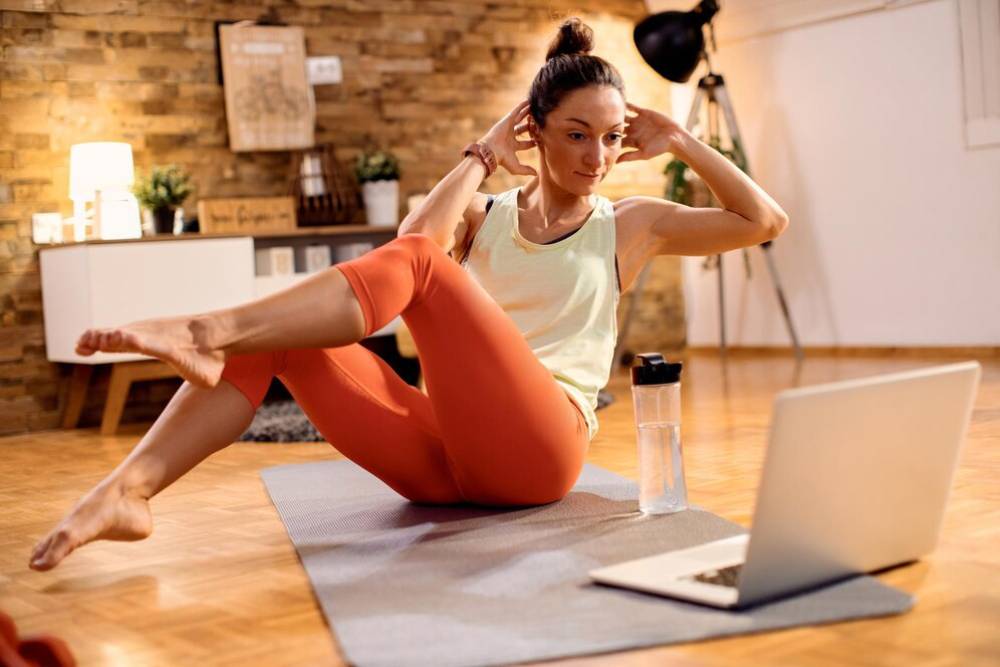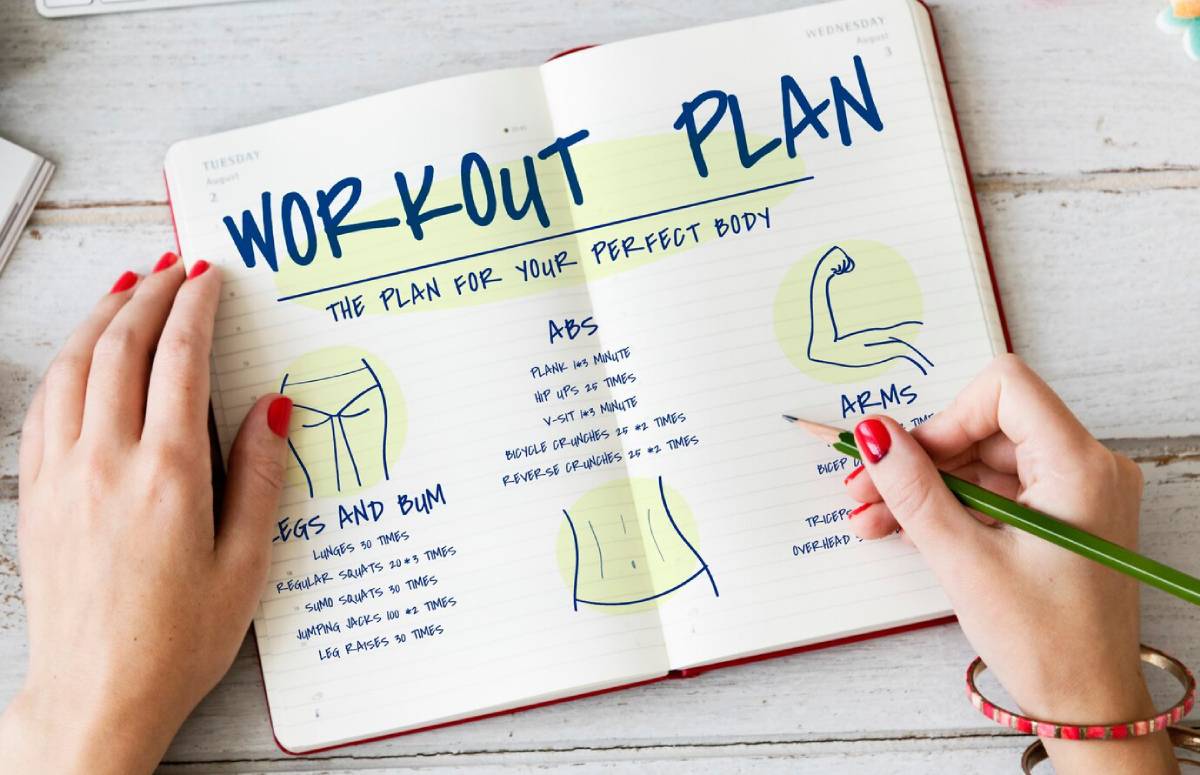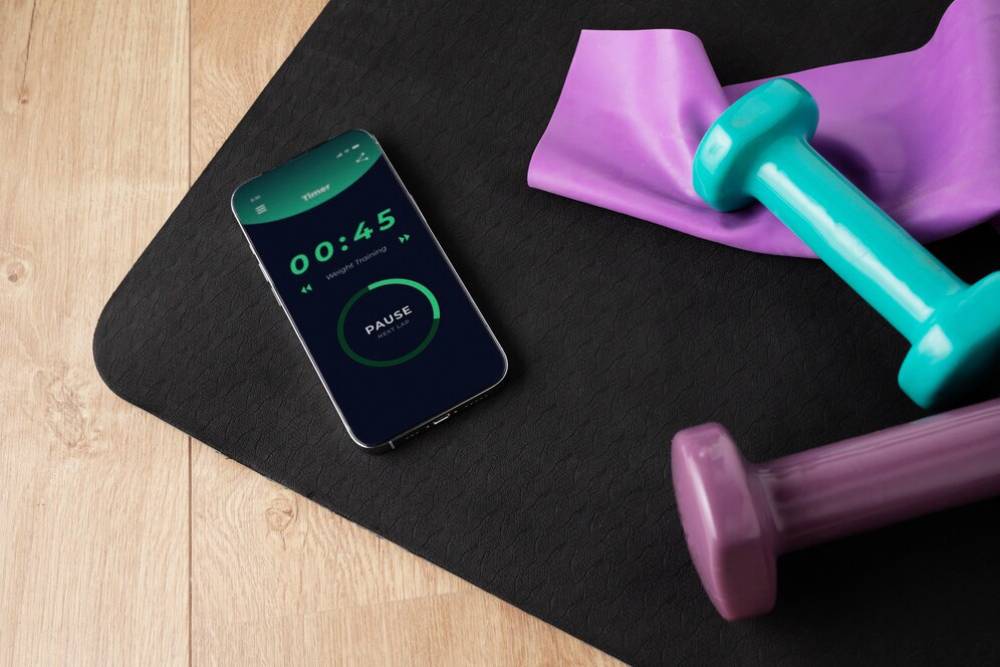
How to Progress from Beginner to Advanced Workouts at Home
In our bustling world, staying fit is a must, not a maybe. Many are embracing home workouts to fit around their busy lives. But moving from beginner to advanced can be hard without expert help. This guide is your fitness compass, packed with tools and insights for your journey. Knowing workout levels and home training is important. It opens the way to better routines and fitness success. Get ready to elevate your fitness game and achieve your goals!
Pro Tip: Notice how your body reacts to various exercises. Adjust as needed to avoid injury.
Important: Take enough time to rest and recover. This helps prevent burnout and boosts muscle growth.
Quick Guide
Here is a quick reference checklist to help you navigate your fitness progression journey:
- Set Clear Goals: Decide what you want from your workouts. Focus on weight loss, muscle gain, or better endurance.
- Check Your Fitness Level: Know where you are now to make a practical plan.
- Create a Workout Plan: Combine strength training, cardio, and flexibility exercises for balance.
- Track Progress: Check how you’re doing to make sure you’re reaching your goals.
- Adjust as Needed: Be ready to change your plan if your progress shifts or your goals and lifestyle change.
Understanding the Core
Fitness progression is like climbing a mountain, step by step. It’s about slowly increasing the intensity, volume, and complexity of your workouts. This thoughtful ascent enhances both performance and helps you conquer fitness peaks. Remember, though: progression is as unique as your fingerprint. It must be customised to fit your skills, aspirations, and tastes. Personalise your path, and watch your goals come into focus!
Key Concepts of Fitness Progression

- Progressive Overload: This is the bedrock of fitness evolution. Gradually crank up the weight, frequency, or reps to ignite your challenge. When you push boundaries, your muscles bloom and strength follows suit.
- Workout Levels: Fitness progression unfolds in three distinct chapters: beginner, intermediate, and advanced. Every chapter needs a custom training plan that fits your skills and goals.
- Home Training: With ingenuity, home workouts can rival gym sessions—the secret lies in maximising your available resources. Bodyweight exercises, resistance bands, and dumbbells unite to sculpt a well-rounded routine.
Step-by-Step Guide (How to Practise)
1. Assess Your Current Fitness Level
Start by evaluating your current fitness level. You can do this with easy tests. Try measuring your resting heart rate. Also, perform basic exercises like push-ups and squats. Check your flexibility, too. Knowing where you begin is key. It helps you set realistic goals and make a solid workout plan.
2. Set Clear and Achievable Goals
Define what you want to achieve through your home workouts. Clear goals help you lose weight, build muscle, or boost endurance. They give you direction and motivation. Ensure your goals are Specific, Measurable, Achievable, Relevant, and Time-bound (SMART).
3. Develop a Structured Workout Plan

Create a workout plan that aligns with your goals and current fitness level. As a beginner, start with exercises like squats, lunges, push-ups, and planks. Gradually introduce more complex movements as you progress to intermediate and advanced levels.
4. Implement Progressive Overload
To progress effectively, incorporate progressive overload into your routine. You can achieve this by adding weight, reps, or sets. You can also reduce rest times between exercises. The key is to challenge your body consistently to stimulate growth and improvement.
5. Incorporate Variety
Avoid monotony by incorporating a variety of exercises into your routine. This keeps workouts fun and targets different muscle groups. This leads to balanced development.
6. Monitor Your Progress
Regularly assess your progress to ensure you’re on track to achieving your goals. You can track your progress in a few ways. First, log your workouts. Then, take progress photos. Lastly, measure body metrics like weight and body fat percentage.
7. Adjust Your Plan as Needed
Stay flexible with your workout plan. Adjust it as needed based on your progress or changes in your goals or circumstances. This adaptability is key to maintaining motivation and ensuring continued progress.
Best Practices & Additional Insights

- Add Functional Training: Functional exercises copy daily movements. They boost strength and coordination.
- Use Technology: Fitness apps and wearables track your progress. They also give you helpful insights.
- Seek Professional Guidance: Consult a fitness professional for personalised advice and support.
FAQs
Q: How often should I work out at home?
A: Depending on your goals and schedule, aim for at least three to five sessions per week. Ensure you include a mix of strength, cardio, and flexibility exercises.
Q: What equipment do I need for home workouts?
A: Basic equipment such as resistance bands, dumbbells, and a yoga mat can enhance your workouts. However, many effective exercises can be performed using just your body weight.
Q: How do I stay motivated to work out at home?
A: Set specific goals, track progress, and vary your workouts to keep them interesting. Joining online fitness communities can also provide support and motivation.
Conclusion: Progress from Beginner to Advanced Workouts at Home
Moving from beginner to advanced home workouts takes dedication and a solid plan. Learning about fitness progression and using these strategies, you can reach your goals and lead a healthier life. Remember, fitness is a marathon, not a sprint. Stay committed, and results will come. Now is a great time to begin your fitness journey—start today and turn your home into your personal gym.